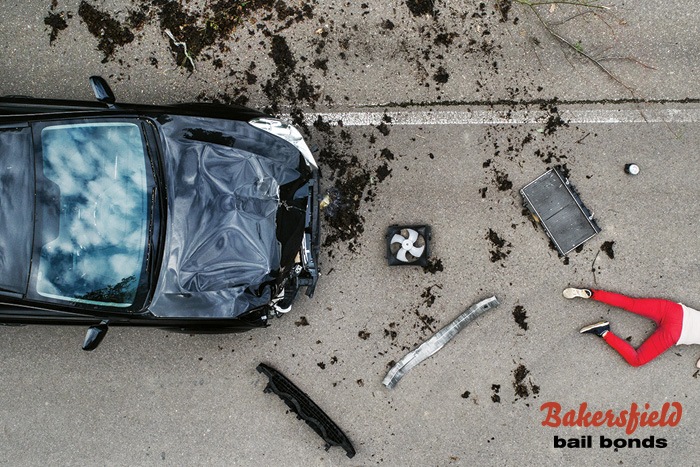
Vehicular manslaughter in California can be a little confusing.
The first thing to note is that vehicular manslaughter is an accident. The driver responsible for the incident didn’t plan on getting into an accident and they certainly didn’t want anyone to get hurt. Vehicular manslaughter is not a malicious act.
Vehicular manslaughter charges are usually brought against a driver when a momentary lapse in judgment causes that driver to break a traffic law and that incident directly leads to a fatality.
Examples of vehicular manslaughter include:
- A driver striking a pedestrian who is in the crosswalk because that driver was texting their spouse.
- A driver striking a cyclist as the driver takes a blind curve too fast, making it impossible for the driver or cyclist to take evasive action.
- A driver spills coffee on their lap, swerves and hits another car, killing the other driver.
None of these acts are malicious, but all could have been easily prevented if the driver had simply been paying better attention or driving more defensively. Because the driver’s negligent or reckless actions resulted in a death, they can be charged with vehicular manslaughter and also be named as the defendant in a wrongful death claim.
Additional information about vehicular manslaughter in California is found in Penal Code 192(c) PC. It states that vehicular manslaughter is:
“Except as provided in subdivision (a) of Section 191.5, driving a vehicle in the commission of an unlawful act, not amounting to a felony, and with gross negligence; or driving a vehicle in the commission of a lawful act which might produce death, in an unlawful manner, and with gross negligence.
(2) Driving a vehicle in the commission of an unlawful act, not amounting to a felony, but without gross negligence; or driving a vehicle in the commission of a lawful act which might produce death, in an unlawful manner, but without gross negligence.
(3) Driving a vehicle in connection with a violation of paragraph (3) of subdivision (a) of Section 550, where the vehicular collision or vehicular accident was knowingly caused for financial gain and proximately resulted in the death of any person. This paragraph does not prevent prosecution of a defendant for the crime of murder.
(d) This section shall not be construed as making any homicide in the driving of a vehicle punishable that is not a proximate result of the commission of an unlawful act, not amounting to a felony, or of the commission of a lawful act which might produce death, in an unlawful manner.”
Vehicular manslaughter is one of California’s wobbler offenses. In some situations, it’s a misdemeanor. In others, it will be handled as a felony. In most situations, the traffic offense that led to the incident determines if you’re charged with a felony or misdemeanor. For example, if you were speeding but only driving a few miles over the posted limit at the time of the accident, you’ll likely be charged with misdemeanor vehicular manslaughter in California which carries a maximum sentence of a single year in a county jail.
On the other hand, if you were driving while under the influence of drugs or alcohol at the time of the incident, you’ll not only face DUI charges but also felony vehicular manslaughter. The maximum sentence for a felony vehicular manslaughter conviction in California is six years in one of California’s state prisons.
The best way to avoid vehicular manslaughter charges is to never drive while under the influence of anything, leaving your cell phone in your car’s cup holder and obeying all traffic laws.
